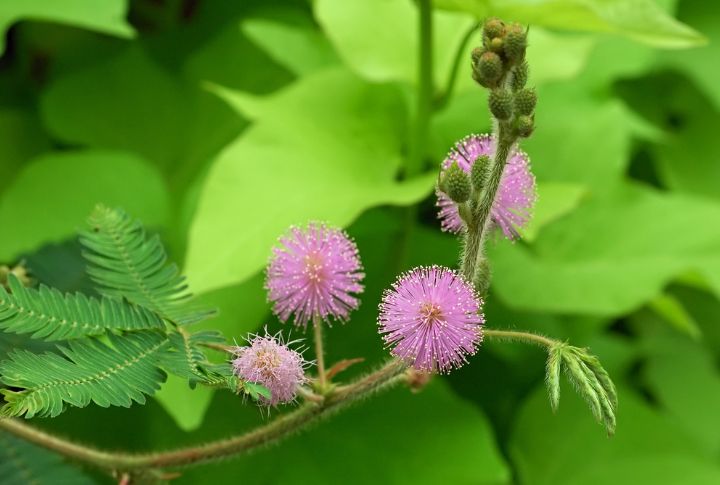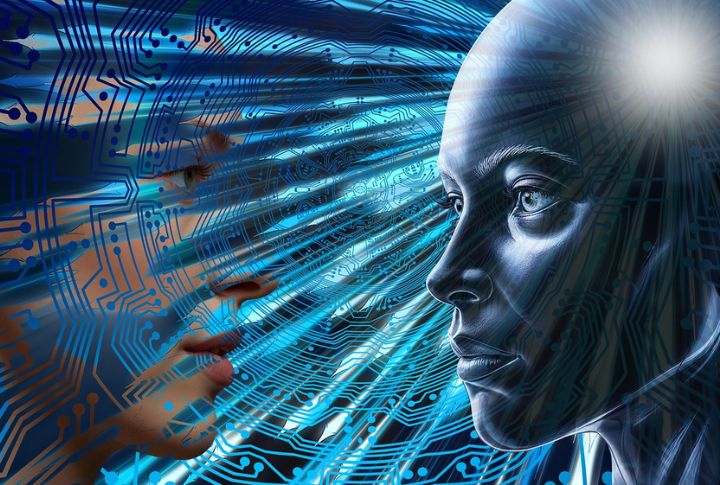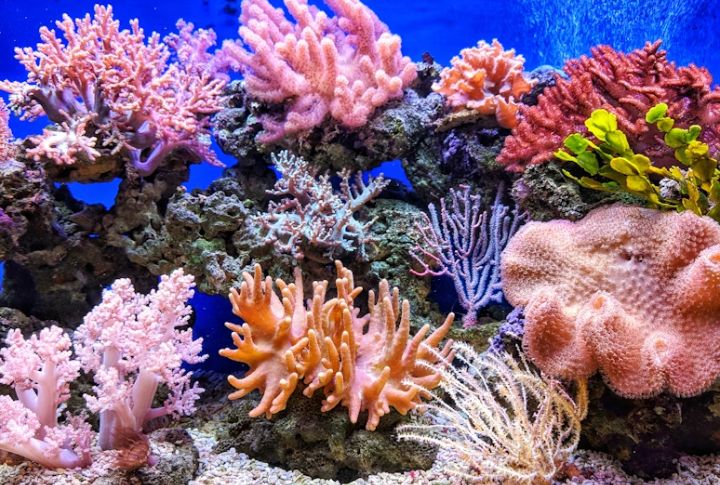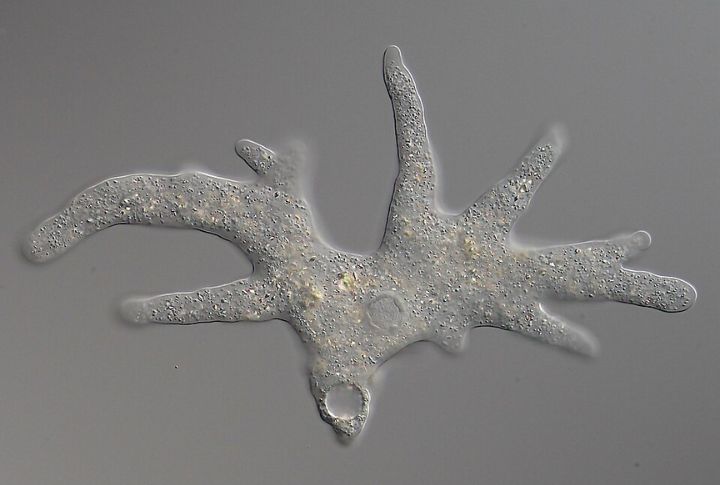
Consciousness once meant brains and biology—nothing more. But as science digs deeper, old definitions begin to blur. Some researchers now suggest that awareness could be a basic trait of the universe, like gravity or time. Panpsychism, once dismissed, is gaining attention for proposing that even atoms may hold a sliver of experience. That bold idea is just the beginning of a bigger shift. Here’s the full list of strange clues pointing toward a deeper mystery.
Plants React To Stimuli Without Brains

Without a nervous system, plants still react meaningfully. The mimosa folds when touched, and Venus flytraps count the time before snapping. These behaviors aren’t reflexes; they involve decision-like processing. By responding to gravity and light, plants challenge what scientists once thought only brains could do.
Octopuses Show Advanced Problem-Solving Skills

In the animal kingdom, octopuses stand out. They solve puzzles and unscrew jars. Their nine-brain structure supports not only memory but also personality traits. These feats suggest awareness beyond instinct, prompting experts to reconsider where complex cognition may emerge.
Fungi Communicate Using Electrical Signals

Electric pulses zip through fungal mycelium like messages in a brain. Some patterns even mimic language-like rhythms. Far from silent, these underground networks transmit information that researchers now believe could represent a form of communication, forcing new questions about fungi’s role in the spectrum of life’s awareness.
Slime Molds Cover Mazes Without Nerves

With no neurons to help them, slime molds still go through mazes and adapt their paths. They seem to remember previous routes and avoid dead ends. Such problem-solving doesn’t fit our standard model of intelligence—yet it happens, which sparks deeper interest in non-neural learning.
Birds Exhibit Self-Awareness In Mirror Tests

Self-recognition is rare, but magpies have it. When shown a mirror, they identify themselves instead of reacting to “another bird.” Only a few species, including dolphins and apes, exhibit this behavior. This places birds in an exclusive club associated with self-awareness and reflection.
Insects Show Empathy-Like Behaviors

Bumblebees have been observed rolling wooden balls repeatedly, even when there’s no clear reward. Other insects, like cockroaches, group together under stress and avoid isolation. These actions suggest emotional depth and social awareness. Scientists now explore insect behavior for early signs of empathy and rudimentary emotional processing.
Quantum Theories Suggest Mind And Matter Intertwine

Could consciousness come from quantum mechanics? Some physicists think so. Roger Penrose believes awareness might originate from quantum processes in the brain. Integrated Information Theory expands on this, linking consciousness to system complexity, bridging neuroscience with quantum physics in an unexpected scientific marriage.
Artificial Intelligence Displays Emergent Awareness

Scientists are watching closely, not because machines feel but because emergent intelligence could redefine what it means to appear conscious in non-biological systems. Artificial intelligence now generates stories, mimics emotion, and even resists shutdown prompts. Though not alive, these behaviors feel disturbingly human.
Coral Reefs Respond To Stress With Coordinated Behavior

Coral reefs, despite lacking brains, react in unison to stress like rising temperatures and pollution. Some corals bleach by expelling algae, while others shift how they grow. These shared, adaptive responses hint at a kind of environmental sensitivity within the reef.
Single Cells Can Make Survival Decisions

Amoebas and paramecia, though single-celled, show signs of decision-making. They respond to challenges by changing direction, pausing, or selecting efficient routes without any kind of nervous system. Their ability to process environmental cues and act purposefully hints at primitive intelligence and raises questions about how far consciousness extends in living systems.

